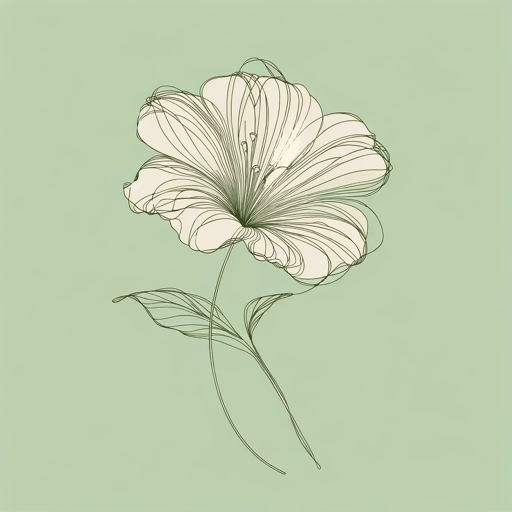16 pages • 32 minutes read
Emily DickinsonWhat Soft — Cherubic Creatures
Fiction | Poem | Adult | Published in 1896A modern alternative to SparkNotes and CliffsNotes, SuperSummary offers high-quality Study Guides with detailed chapter summaries and analysis of major themes, characters, and more.
Symbols & Motifs
The Gentlewomen
The gentlewomen, the angelic and excessively fragile “[c]reatures” (Line 1), represent a class of people who cannot confront the truth about the imperfections of humanity and the world, or “freckled Human Nature” (Line 7). The gentlewomen also represent privilege, as they don’t have to interact with the toilsome, disquieting world. Their status as gentlewomen detaches them from common society. Thus, gentlewomen symbolize the power of a person’s socioeconomic position. The gentlewomen can afford to cultivate “[a] Horror so refined” (Line 6) because they have the resources to build an affected image and keep troubled reality at bay.
The gentlewomen’s superior position then symbolizes something close to irreligiosity. The prestige and privilege of the gentlewomen put them at odds with their “Deity” (Line 8), which suggests that wealthy, upper-class women might not represent virtue and decency after all. In Dickinson’s poem, the prestigious women ultimately symbolize vanity and pretentiousness.
The Deity
Christ—the “Deity” (Line 8)—represents the average person. Christ isn’t a member of the upper class like the gentlewomen. Instead, Christ represents the “common” (Line 9) people. He doesn’t keep company with gentlewomen or gentlemen but with fishermen or the working class. He represents humanity and stands in for imperfect people and the flawed world, which is why he died for people’s sins.
Related Titles
By Emily Dickinson

A Bird, came down the Walk
Emily Dickinson

A Clock stopped—
Emily Dickinson

A narrow Fellow in the Grass (1096)
Emily Dickinson

Because I Could Not Stop for Death
Emily Dickinson

"Faith" is a fine invention
Emily Dickinson

Fame Is a Fickle Food (1702)
Emily Dickinson

Hope is a strange invention
Emily Dickinson

"Hope" Is the Thing with Feathers
Emily Dickinson

I Can Wade Grief
Emily Dickinson

I Felt a Cleaving in my Mind
Emily Dickinson

I Felt a Funeral, in My Brain
Emily Dickinson

If I Can Stop One Heart from Breaking
Emily Dickinson

If I should die
Emily Dickinson

If you were coming in the fall
Emily Dickinson

I heard a Fly buzz — when I died
Emily Dickinson

I'm Nobody! Who Are You?
Emily Dickinson

Much Madness is divinest Sense—
Emily Dickinson

Success Is Counted Sweetest
Emily Dickinson

Tell all the truth but tell it slant
Emily Dickinson

The Only News I Know
Emily Dickinson

